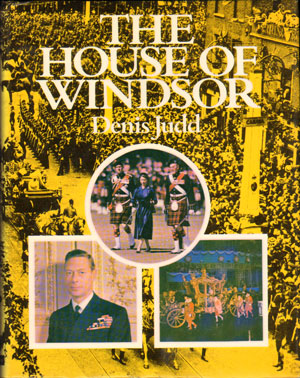

Books
The House of Windsor
The discarding of monarchs was a feature of the 20th century. Romanovs and Hapsburgs, Ottoman emperors and Balkin kings have long since vanished; while the Scandinavian royal houses have taken to their bicycles. Today the House of Windsor stands supreme among monarchies - its mystique undiminished by the television cameras, its stability assured by the integrity of those who have borne its name.
The title, so English in its associations, was itself a product of terrible upheaval. The anti-German war hysteria of 1917, which caused dachshunds to be booed in Hyde Park, dictated the substitution of "Windsor" for the alien-sounding "Saxe-Coburg-Gotha". George V feared that - in the circumstances of the time - he might be both the first and the last King to bear the new name. In fact, when he died in 1936, his unassuming and scrupulously correct approach to his riyal duties had earned him the loyalty of his people and at the same time re-established the monarchy as an active and benificient force in the nation's affairs.
This book, with its wealth of illustrations and its text by Judd, examines the achievements and personalities of the four Windsor monarchs - George V, Edward VII, George VI and the present Queen; it describes their private idiosyncrasies and family loyalties as well as their contributions to public life in time of peace and war; and in doing so it demonstrates that it is in its ability to capture and adapt to the national mood that the House of Windsor has increased its prestige and popularity.
Reviews
"Informatively and with good taste Denis Judd travels easily and enjoyably over recent royal history."
- Times Literary Supplement